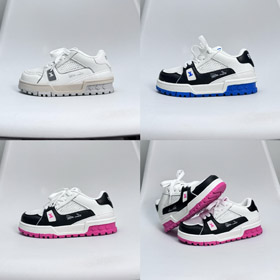Founded in 1856 by Thomas Burberry, the iconic British luxury fashion house Burberry
At just 21 years old, Thomas Burberry opened his first store in Basingstoke, England, specializing in high-quality outerwear. His breakthrough came in 1879 with the invention of gabardine, a weatherproof yet breathable fabric that revolutionized outdoor clothing. The material became synonymous with exploration, famously worn by explorers like Sir Ernest Shackleton on his Antarctic expeditions. The Burberry trench coat, originally designed for British military officers during World War I, remains a cornerstone of the brand. Its functional details—D-rings, epaulettes, and the storm flap—reflect its wartime origins. By the 1920s, the trench coat had transitioned into civilian fashion, cementing its status as a wardrobe staple for generations. Introduced in the 1920s, the Burberry check—a camel, black, red, and white plaid—was initially used as a coat lining. It later became a bold statement, adorning scarves, handbags, and even runway collections. While the pattern faced overexposure in the early 2000s, creative directors like Christopher Bailey and Riccardo Tisci have reimagined it to maintain its relevance. Burberry’s recent collaborations with streetwear brands and focus on digital innovation (e.g., live-streamed runway shows) highlight its adaptive spirit. For a curated selection of Burberry’s latest collections, explore this product spreadsheet, which showcases the brand’s evolving portfolio. Under CEO Jonathan Akeroyd, Burberry has committed to sustainability, pledging carbon neutrality by 2040. From vegan leather to upcycled materials, the brand is redefining luxury with eco-conscious practices while staying true to its heritage of craftsmanship. From its utilitarian roots to its status as a cultural icon, Burberry’s story is one of resilience and reinvention—a true testament to British ingenuity.The Humble Beginnings
The Iconic Trench Coat
The Signature Tartan
Modern Reinventions
Sustainability and Future Vision




















